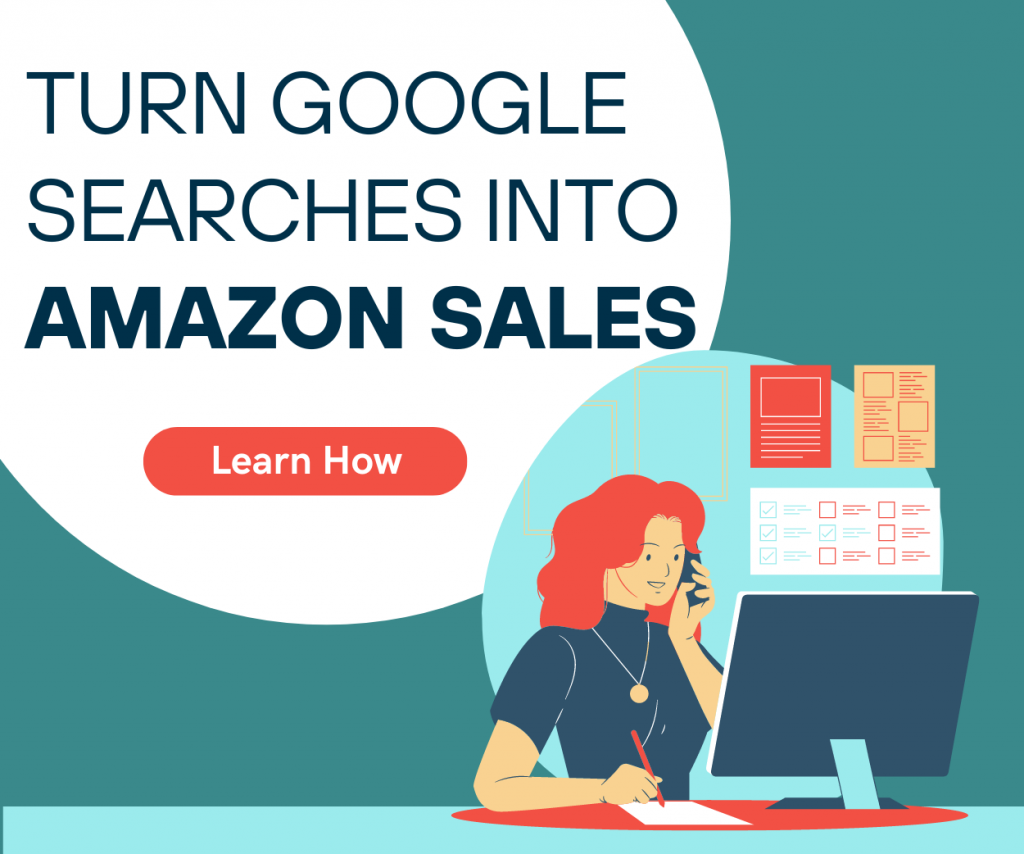Yes, Broad Match Negative Keywords are a great way to combat unwanted traffic, but only if it is used in the correct fashion. Much like positive keywords broad match negative keywords also cover a wide spectrum of search queries.
Read more »Google introduced new features in AdWords app and Display Campaigns, along with the announcement of Reports Editor, to be launched few months down the line. Other informative articles discuss how to improve CTR, highlights of the AMA session with Brad Geddes, why you should bid on brand terms and PPC mistakes to avoid making.
Everyone wants to hear from Brad Geddes. And it came as no shocker that the ‘Ask Me Anything’ reddit session was flooded with questions asking for his expert opinion. For those few who don’t know, Brad is the author of Advanced Google AdWords and founder of AdAlysis and CertifiedKnowledge.org.
The role of negative keywords is indispensable. It filters unwanted traffic, unwanted clicks and thus, you save on your ad spend. Irrespective of which paid SERP you are using for running your ads, you would not want to invest unwisely. So whether be it AdWords, Bing, Baidu, etc. adding negative keyword is definitely a must-job.
Negative Keywords Lists reduces the effort of individually assigning keywords to multiple campaigns. Not only do you get to save time but you can also manage your account more efficiently as a result. The vicious web of campaign negatives is solved with lists that can be easily created if you have categorized your negative keywords properly. If you are not sure of what categories need to be created, you can refer our post on “9 Types Of Negative Keywords Lists Your AdWords Account Should Have”




